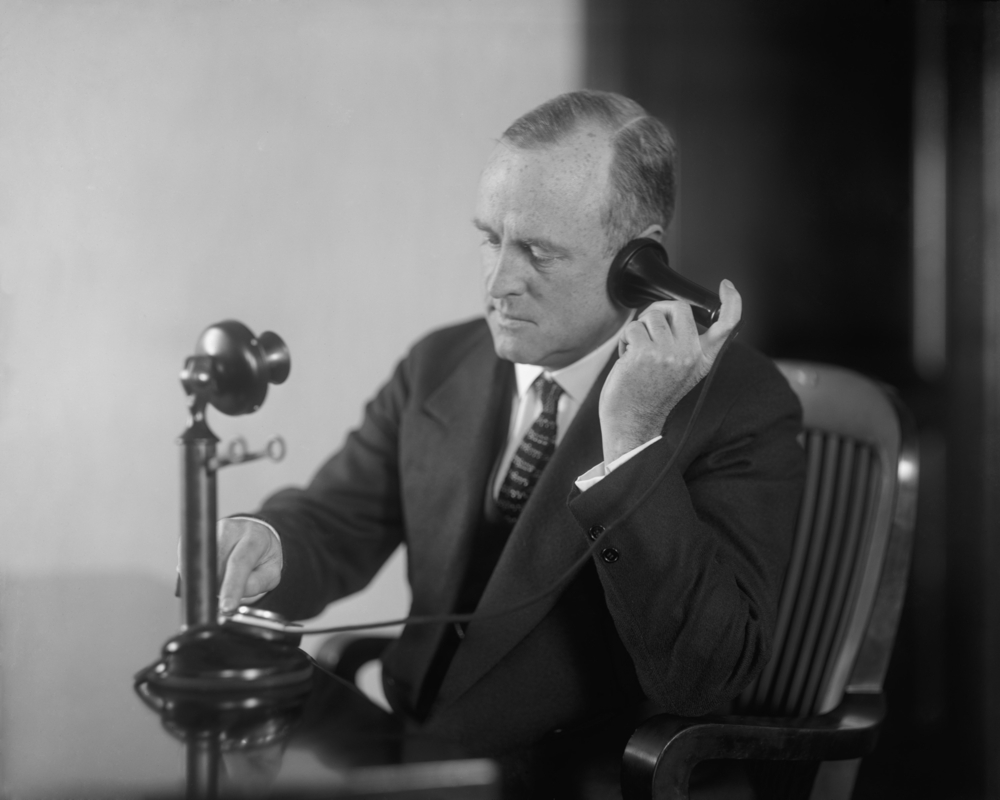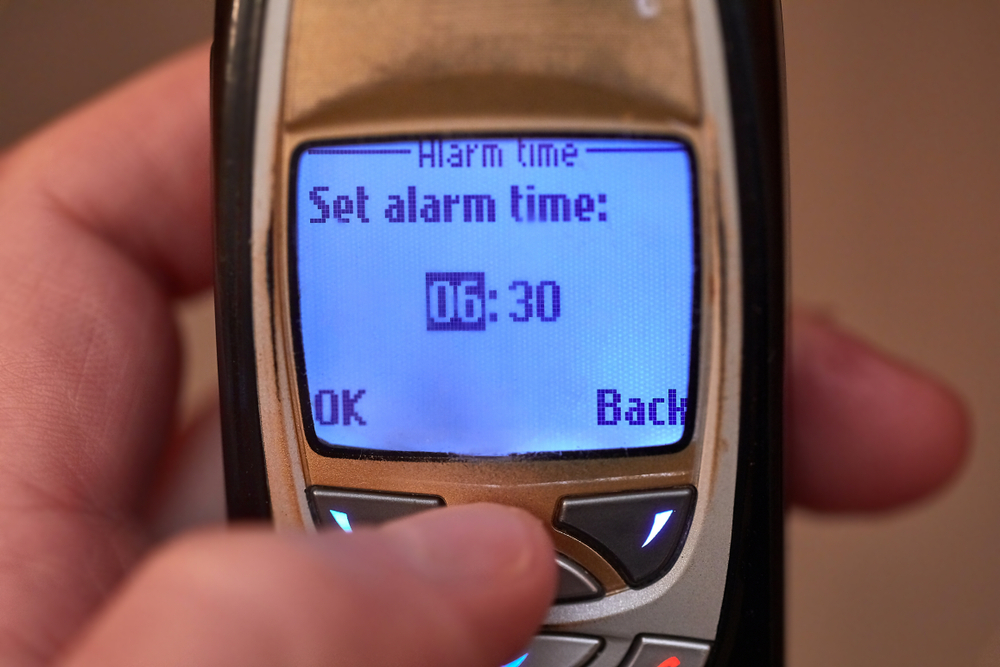The year is 1876. Two men are working on developing what would become the world’s first telephone. Both are headed to the patent office, racing against the clock to be the first to register their invention. Elisha Gray is a few hours too late; Alexander Graham Bell has already submitted his liquid transmitter. And thus begins the story of the telephone.
Since the 1800s, the telephone has gone through hundreds of changes. Some are minute, others are complete upheavals. No matter what form the phone takes, however, it still completely revolutionized how society communicates and interacts with each other and continues to impact culture to this day.
Due to the vast history of the phone, only a few major highlights will be covered here. For starters, the first phone with the ability to dial a number was invented in 1905. Almon B. Strowger is credited with creating the first rotary phone, eliminating the need for switchboards and operators. Despite this, they didn’t catch on until the 1920s. The Frankfurt “Bauhaus” is considered the first mainstream rotary phone.
Jumping a few decades ahead, advancements like touchtone dialing and cordless phones are growing more commonplace in the 1970s. Around that time, AT&T began experimenting with a telephone that could transmit images during a call. It was deemed too bulky and expensive but laid the groundwork for what would eventually become video calls and text messages.
The 80s were a major turning point in the evolution of phones. Caller ID was being implemented. VoIP services were going into testing. And biggest of all, the first mobile phones were in development. Well, “mobile” in the sense that they could be brought with people and had a larger range than traditional cordless phones. They were still bulky and clunky, a far cry from the sleek models that rule today’s markets. The release of the Motorola MicroTac9800X in 1989 was the first modern cell phone, with its slim case and flip design.
Cell phones would grow to be more mainstream and accessible throughout the nineties but wouldn’t reach the popularity they enjoy today until the new millennium. Still, the first smartphone was being developed, long before the term even existed. The IBM Simon was a revolutionary device that combined a telephone with PDA elements, making it a precursor to devices like the Blackberry and iPhone.
In the past two decades, the advancements made to phones have been massive and rapid. It’s amazing to think that when the iPhone was first introduced in 2007, it was unprecedented. Now, even phones with full keyboards are considered dated. Skype was integrated into both smartphones and computers, giving people even more communication options. New operating systems were being developed, each more sophisticated than the last. Built-in phone cameras also improved, capable of capturing pristine pictures and later video. It wasn’t long before books, movies, and even games could be enjoyed from a phone, making them all-in-one entertainment devices. Assistants like Siri and Cortana gave phones more accessibility and, to some at least, a personality.
The future of the telephone is bright. Almost every person on the planet owns at least one, even if they aren’t strictly of the latest model. Resources will continue to be poured into developing new software and hardware and improving existing technology. The telephone has come a remarkably long way since that fateful day in 1876, much farther and faster than Graham Bell could’ve anticipated. We may take them for granted now, but the technology behind smartphones is staggering. And it all began with a few simple words: “Mr. Watson, come here. I want to see you.”







